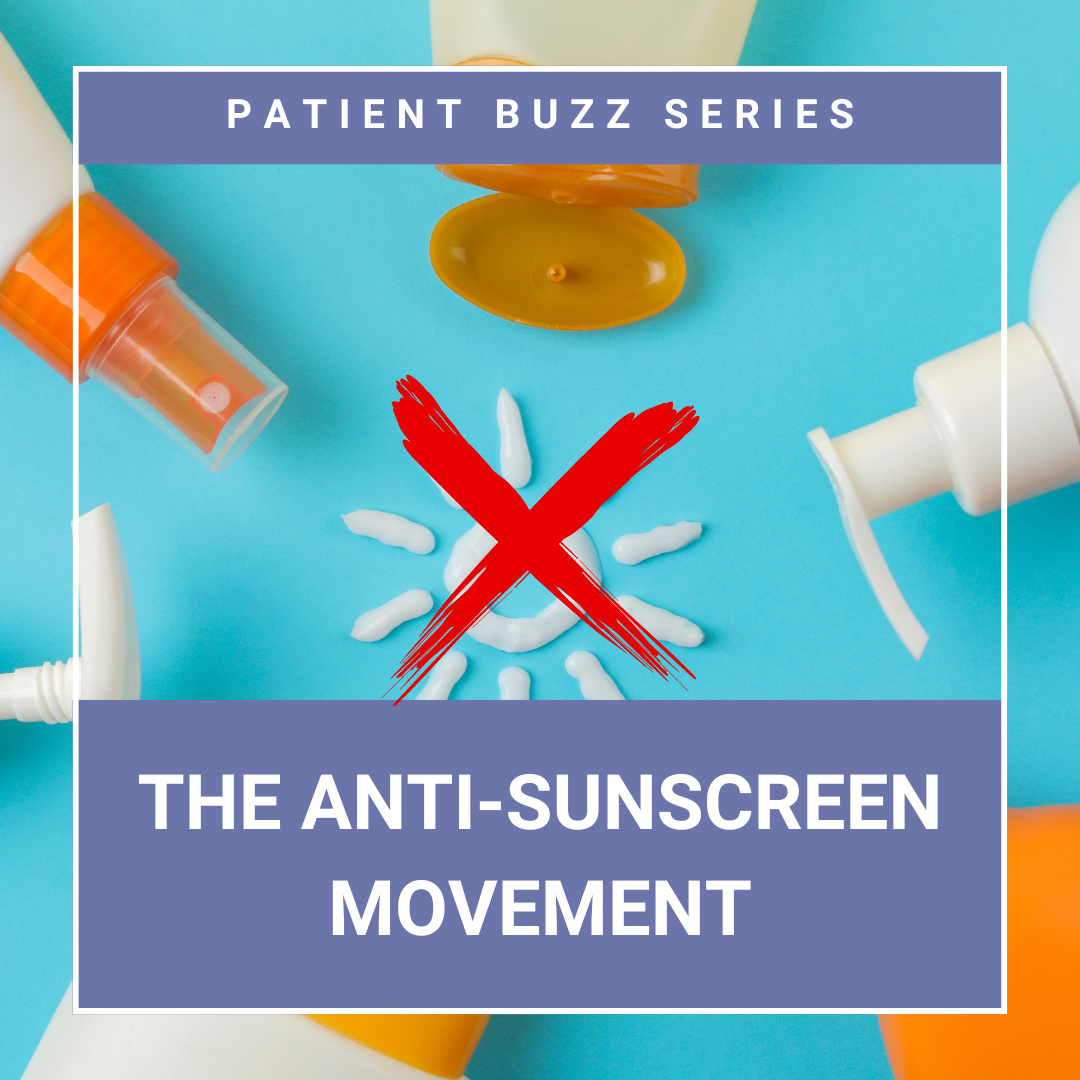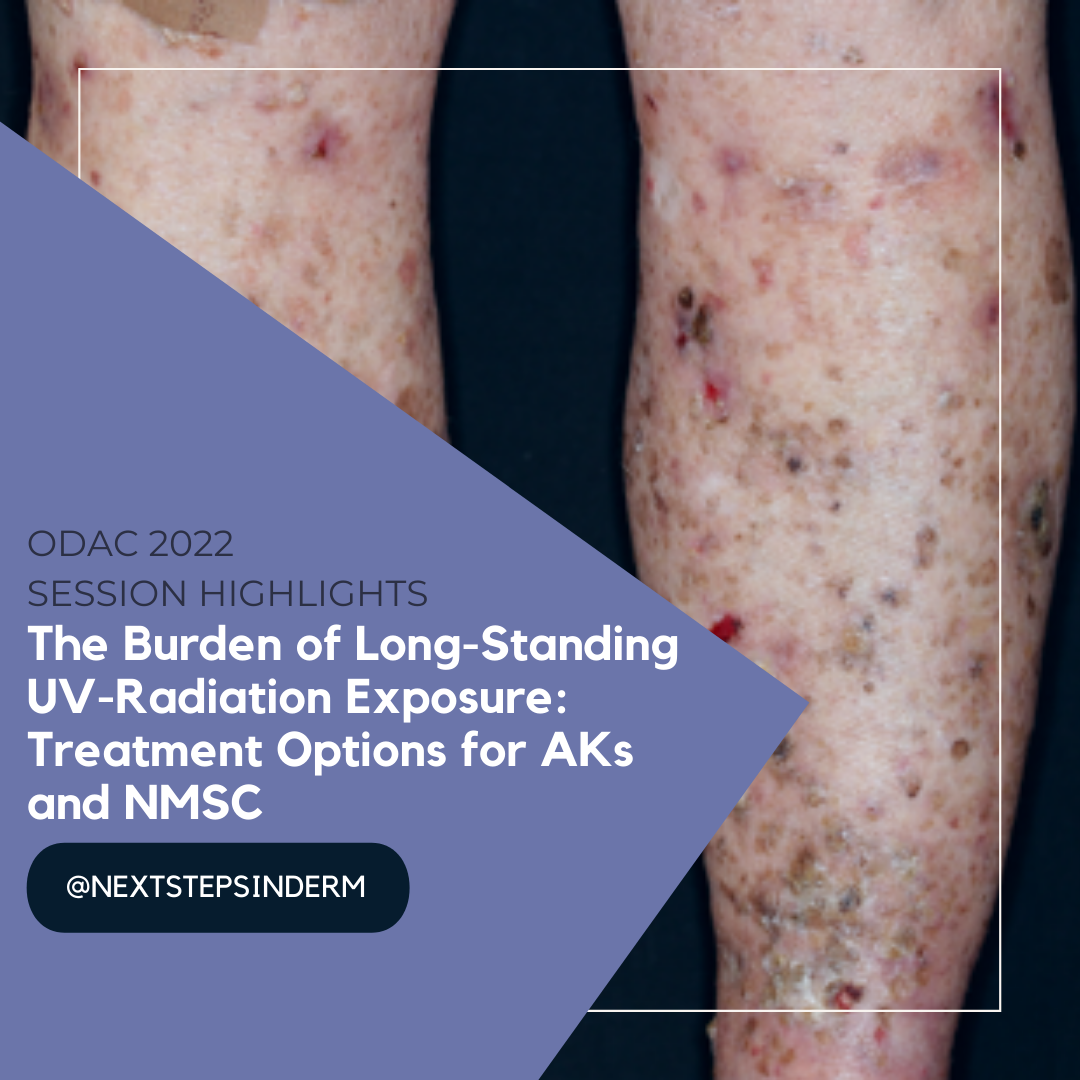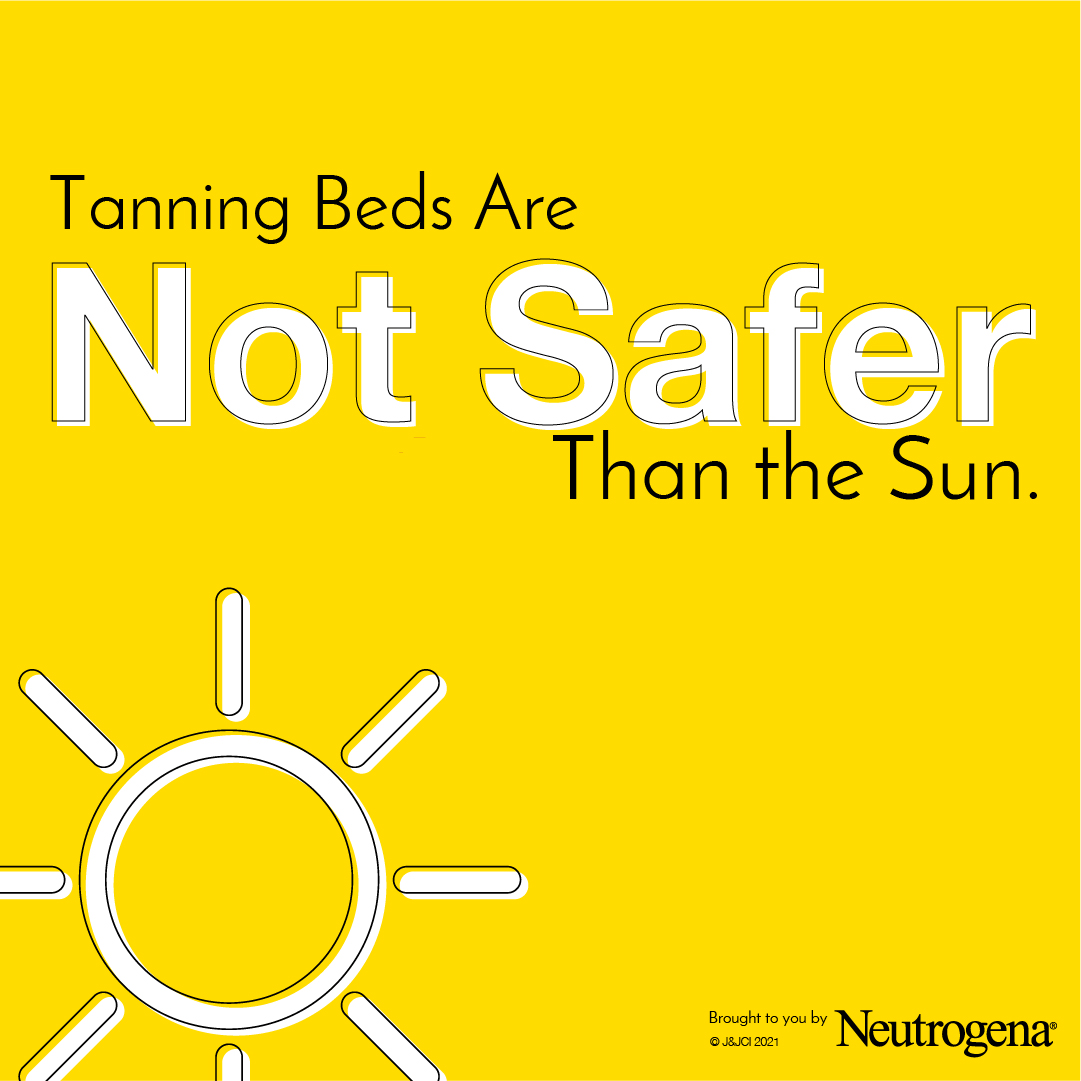Patient Buzz Series: Anti-Sunscreen Movement
 Another summer means another season for dermatologists in battling sunscreen misinformation, which is a tougher job nowadays thanks to social media. The anti-sunscreen movement, as chronicled by CBS News, is especially influencing young people. Dermatologists are responding by trying to set the record straight on the safety of sunscreen ingredients and the benefits of wearing sunscreen. Dermatolog …
Another summer means another season for dermatologists in battling sunscreen misinformation, which is a tougher job nowadays thanks to social media. The anti-sunscreen movement, as chronicled by CBS News, is especially influencing young people. Dermatologists are responding by trying to set the record straight on the safety of sunscreen ingredients and the benefits of wearing sunscreen. Dermatolog …
 Another summer means another season for dermatologists in battling sunscreen misinformation, which is a tougher job nowadays thanks to social media. The anti-sunscreen movement, as chronicled by CBS News, is especially influencing young people. Dermatologists are responding by trying to set the record straight on the safety of sunscreen ingredients and the benefits of wearing sunscreen. Dermatolog …
Another summer means another season for dermatologists in battling sunscreen misinformation, which is a tougher job nowadays thanks to social media. The anti-sunscreen movement, as chronicled by CBS News, is especially influencing young people. Dermatologists are responding by trying to set the record straight on the safety of sunscreen ingredients and the benefits of wearing sunscreen. Dermatolog … Continue reading "Patient Buzz Series: Anti-Sunscreen Movement"


 The best New Year's resolutions are the ones you can actually keep. Studies show that nearly half of Americans never use sunscreen and those that do, only apply 25-50% of the recommended amount.1-4
Start the New Year right with one of the easiest things you can do to prevent skin cancer—wear sunscreen daily, even when it's cloudy!
Top 10 Sunscreen New Year’s Resolutions:5-10
1. Limit time …
The best New Year's resolutions are the ones you can actually keep. Studies show that nearly half of Americans never use sunscreen and those that do, only apply 25-50% of the recommended amount.1-4
Start the New Year right with one of the easiest things you can do to prevent skin cancer—wear sunscreen daily, even when it's cloudy!
Top 10 Sunscreen New Year’s Resolutions:5-10
1. Limit time …  The numbers are staggering when it comes to the management of skin cancer in the United States and worldwide. Signs of chronic exposure to ultraviolet (UV) rays from the sun and/or indoor tanning bed use include solar lentigines, hyperpigmentation, wrinkles and pre-cancerous lesions called actinic keratoses. Actinic Keratoses (AKs) best identified as scaly, pink macules and papules, result from lo …
The numbers are staggering when it comes to the management of skin cancer in the United States and worldwide. Signs of chronic exposure to ultraviolet (UV) rays from the sun and/or indoor tanning bed use include solar lentigines, hyperpigmentation, wrinkles and pre-cancerous lesions called actinic keratoses. Actinic Keratoses (AKs) best identified as scaly, pink macules and papules, result from lo …  Tanning beds are NOT safer than the sun.1
More than 419,000 cases of skin cancer in the U.S. each year are linked to indoor tanning.2
Melanoma is the second most common cancer in females age 15-29.3
Tanning = DNA injury to your skin4
Skin exposed to UV radiation increases production of melanin to protect the skin from further damage. The increased melanin causing the tan color change is a si …
Tanning beds are NOT safer than the sun.1
More than 419,000 cases of skin cancer in the U.S. each year are linked to indoor tanning.2
Melanoma is the second most common cancer in females age 15-29.3
Tanning = DNA injury to your skin4
Skin exposed to UV radiation increases production of melanin to protect the skin from further damage. The increased melanin causing the tan color change is a si …  On this Mnemonic Monday, we challenge you to remember medications or activities associated with pseudoporphyria with the following mnemonic:
Let’s Really Party Hard T(w)oNight
Lasix (furosemide)
Retinoids
Pyridoxine
Hemodialysis
Thiazides
Tanning beds
NSAIDs
Click HERE to print your mnemonic card.
Study More!
Need a refresher on Porphyria Cutanea Tarda (PCT) and pseudoporphyria? Che …
On this Mnemonic Monday, we challenge you to remember medications or activities associated with pseudoporphyria with the following mnemonic:
Let’s Really Party Hard T(w)oNight
Lasix (furosemide)
Retinoids
Pyridoxine
Hemodialysis
Thiazides
Tanning beds
NSAIDs
Click HERE to print your mnemonic card.
Study More!
Need a refresher on Porphyria Cutanea Tarda (PCT) and pseudoporphyria? Che …